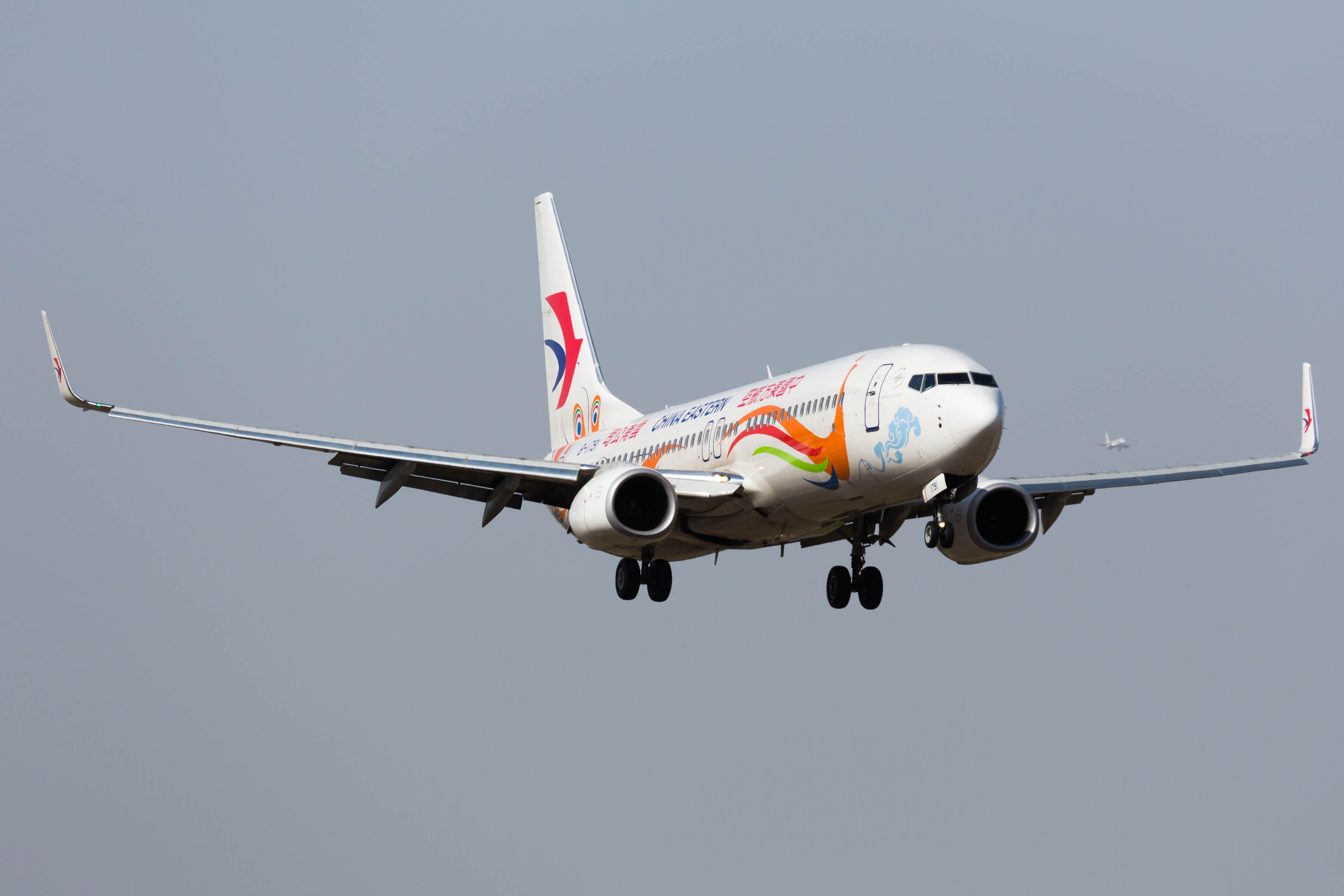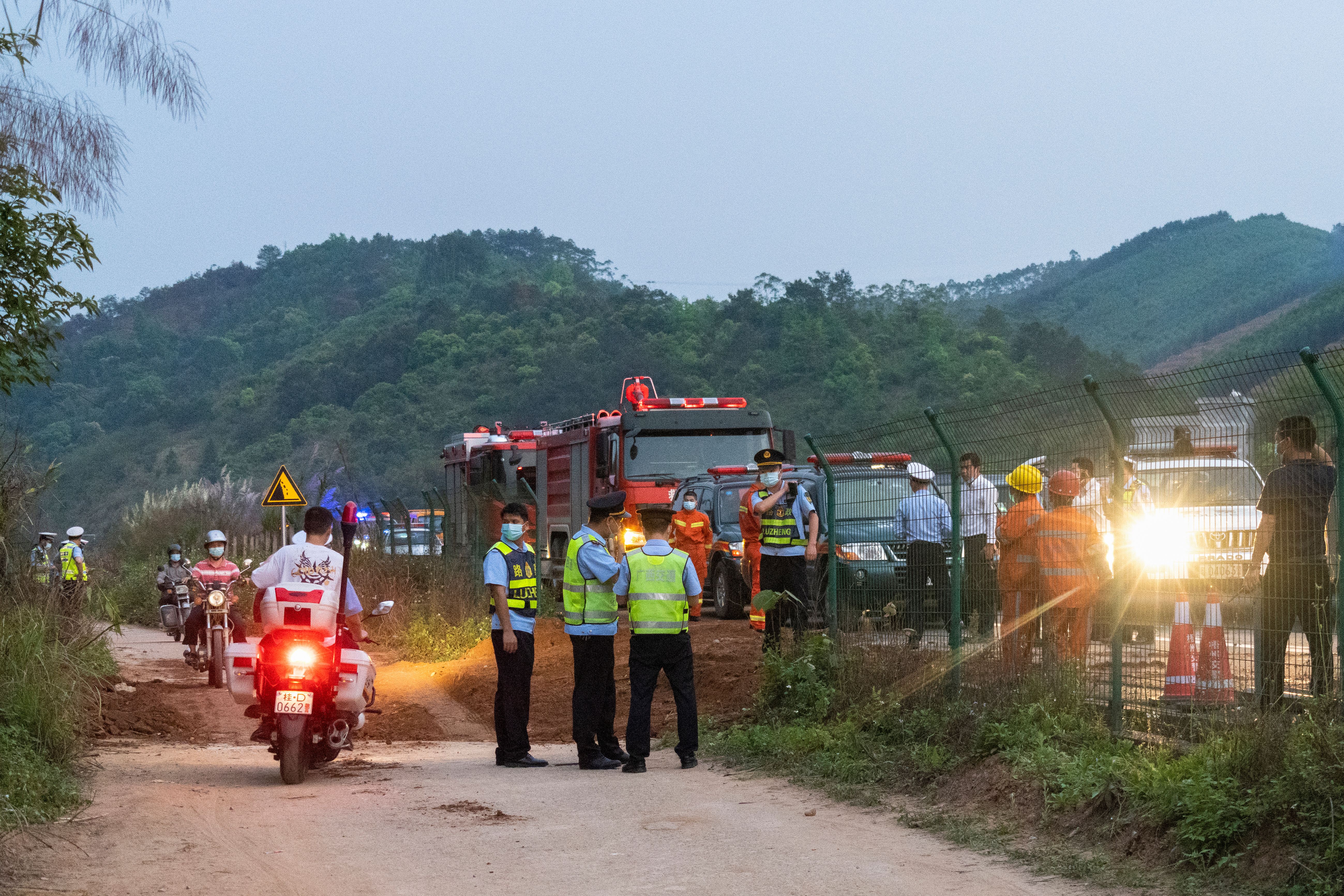The Civil Aviation Administration of China (CAAC) confirmed that all 132 passengers and crew on a China Eastern Airlines plane that crashed this week have died. The flight MU5735 was traveling from Kunming to Guangzhou when it plummeted into a heavily forested area in the Guangxi region.
No survivors
On March 21, 2022, a Boeing 737 of China Eastern Airlines crashed in the Guangxi region while serving a domestic trip with 132 people onboard. Nobody survived, confirmed today the CAAC, after five days searching in the area.
There had been little hope of finding any survivors, and the search team has already identified DNA from 120 of the people onboard.
Following the CAAC announcement, Boeing stated,
“We extend our deepest condolences for the loss of those on board China Eastern Airlines Flight MU 5735. Our thoughts and prayers are with the passengers and crew, their families, and all those affected by this accident. Boeing will continue to support our airline customer during this difficult time. In addition, a Boeing technical team is supporting the NTSB and the Civil Aviation Administration of China, who will lead the investigation.”
Still looking for the second black box
The authorities said the search team is still looking for the second black box or flight data recorder. The cockpit voice recorder was found on Wednesday. It is already being examined by experts in Beijing, China.
Stay informed: Sign up for our daily and weekly aviation news digests.
An emergency location transmitter from the plane was also found, said Zhu Tao, director of the Aviation Safety Office of CAAC. This transmitter was close to where the second black box was installed, giving hopes that the flight data recorder could be found shortly.
Debris found miles from the crash scene
Aviation experts worldwide are baffled by China Eastern Airlines’ accident. The 6.8-year-old Boeing 737-800 was flying at 29,100 feet when it plummeted to the ground. It managed to have a slight recovery and climb before falling again and crashing.
We could have the preliminary report within the next month. However, we will have to wait longer (a year or more) to have the final report, according to guidelines by the International Civil Aviation Organization (ICAO).
Nonetheless, the crash has just gotten even stranger. Chinese authorities say they have found a piece of the airliner, six miles from the area where the aircraft crashed.
Finding this separate piece away from the main debris field may point out that the Boeing 737-800 was shedding parts prior to the crash.
A Guangxi official has said no key compounds from common explosives have been detected.
Experts say one potential cause of the crash is the failure of the plane’s horizontal tail, which keeps the aircraft steady and in line with the direction in which it is moving. If the horizontal tail fails, the jet could tip over and go into a deep dive, just like it happened to the China Eastern aircraft.
In the past, there have been examples of horizontal stabilizer failures that led to abrupt nose-down crashes, like Continental Express flight 257 in 1991. Nonetheless, there are multiple factors in every accident, and it is too early to draw any conclusions on the potential causes.
Both China Eastern and the Boeing 737-800 had a stellar safety record.
Source: Reuters and Christine Negroni.



